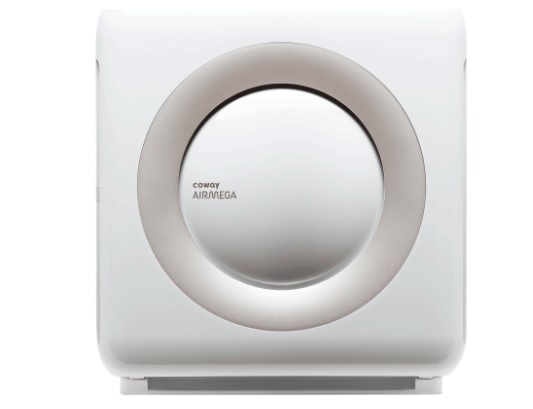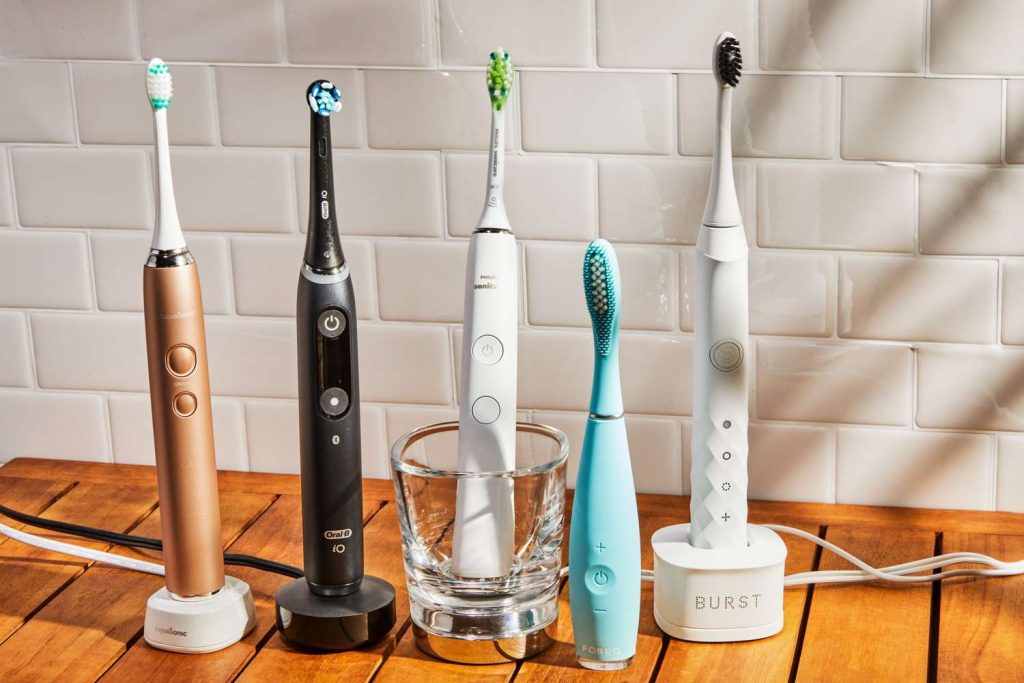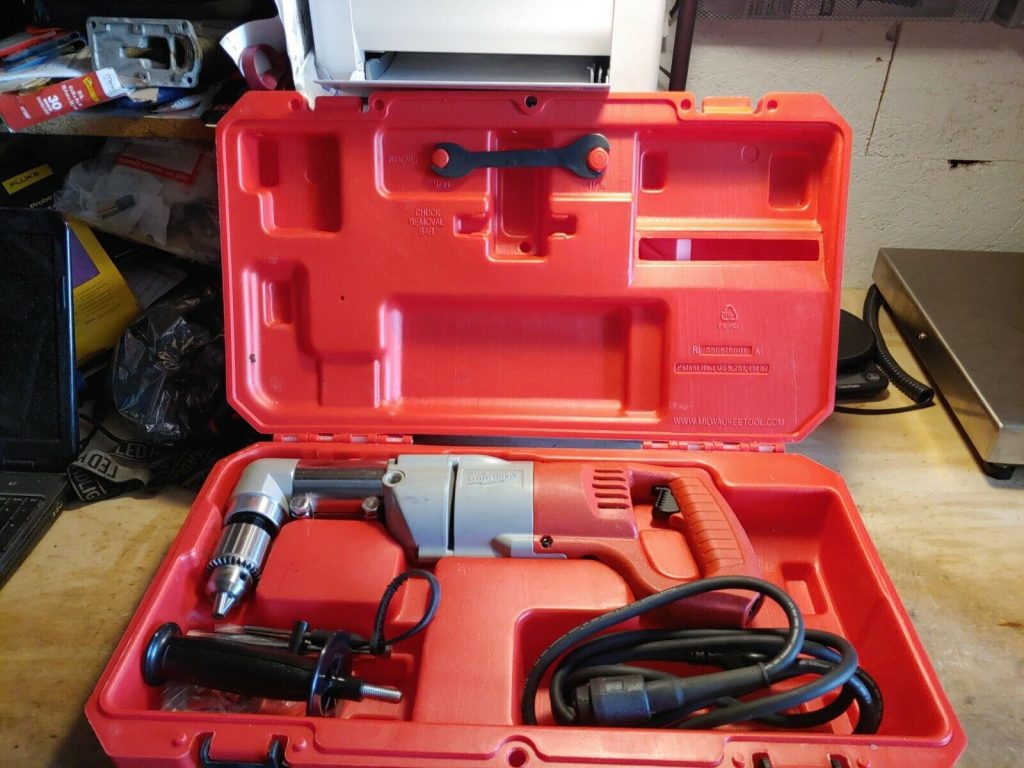In today’s increasingly urbanized and industrialized world, air quality has emerged as a significant concern for many households. Smoke, whether from wildfires, cooking, or tobacco, contains harmful particulate matter and volatile organic compounds that can adversely affect respiratory health and overall well-being.
As awareness of the health risks associated with smoke exposure grows, the demand for effective air purification solutions has surged. Air purifiers have become essential appliances, designed to filter out pollutants, allergens, and smoke particles, thereby creating a cleaner and safer indoor environment.
With a plethora of options available on the market, choosing the right air purifier can be overwhelming. This article aims to simplify that decision by highlighting the top five air purifiers specifically designed to combat smoke-related pollutants.
Each of these models has been evaluated based on their filtration technology, performance, and user satisfaction, ensuring that you can breathe easier in your home or office. Whether you are a city dweller facing the challenges of urban pollution or a homeowner looking to mitigate the effects of wildfire smoke, our curated list will guide you in selecting the best air purifier tailored to your needs.
Effectiveness in Removing Smoke Particles
Air purifiers designed for smoke removal utilize advanced filtration technologies to effectively capture and eliminate harmful particulate matter.
High-Efficiency Particulate Air (HEPA) filters are particularly adept at trapping fine smoke particles, including those that are less than 0.3 microns in size. In addition to HEPA filters, many models incorporate activated carbon filters, which adsorb volatile organic compounds (VOCs) and odors associated with smoke.
This dual filtration approach ensures that both visible and microscopic pollutants are addressed, significantly improving indoor air quality.
The performance of an air purifier in smoke particle removal is often measured by its Clean Air Delivery Rate (CADR), which indicates the volume of clean air produced per minute.
A higher CADR specifically for smoke suggests greater efficiency in removing smoke particles. Furthermore, the placement of the air purifier within a space, along with the size of the area being treated, can impact its effectiveness; ensuring proper circulation patterns are essential for optimal performance.
By selecting models with robust filtration systems and appropriate CADR ratings, users can significantly mitigate the adverse health effects associated with smoke exposure.
Learn how air purifiers target and eliminate harmful smoke particles effectively.
ng treated, plays a critical role in the effectiveness of smoke removal. Proper positioning allows the unit to circulate air more efficiently, enhancing its ability to capture smoke particles before they can settle or disperse. Regular maintenance, such as timely filter replacements, is also essential to ensure optimal performance over time.
Moreover, many modern air purifiers are equipped with smart technology that allows for real-time monitoring of air quality. This feature enables users to track levels of particulate matter and adjust settings accordingly, providing a proactive approach to maintaining a smoke-free environment.
The combination of advanced filtration systems and intelligent operation not only ensures the swift elimination of harmful smoke particles but also contributes to overall respiratory health and comfort in indoor spaces.
HEPA Filters for Maximum Filtration
The incorporation of high-efficiency particulate air (HEPA) filters significantly enhances the filtration capabilities of air purifiers, particularly in environments exposed to smoke. These filters are designed to capture at least 99.97% of particles that are 0.3 microns in size, which includes a wide range of pollutants such as smoke, dust, and allergens.
The dense structure of HEPA filters forces air through a complex arrangement of fibers, effectively trapping particles as they attempt to pass through. This level of filtration not only improves air quality but also minimizes the health risks associated with inhaling particulate matter that can lead to respiratory issues.
In addition to their superior particle-trapping capabilities, HEPA filters contribute to the longevity and efficiency of air purifiers. By removing a substantial amount of harmful substances from the air, these filters reduce the overall burden on the purifier’s motor and other components, allowing for consistent performance over time.
Regularly replacing HEPA filters, as recommended by manufacturers, further ensures that air purifiers maintain their high level of efficiency and effectiveness in combating smoke and other pollutants, ultimately fostering a healthier living environment.
Discover the benefits of HEPA filters in trapping smoke and improving air quality.
ing for optimal performance over an extended period. Furthermore, the reduction of smoke particles in indoor spaces leads to a noticeable improvement in air quality, which can enhance comfort and well-being for occupants. Individuals with sensitivities or pre-existing conditions may experience a significant decrease in symptoms such as coughing, wheezing, and eye irritation when utilizing air purifiers equipped with HEPA filters.
Moreover, the effectiveness of HEPA filters extends beyond simply capturing smoke. They can also help to reduce unpleasant odors associated with smoke, such as those from cooking or wildfires, creating a more pleasant living environment.
This dual action of particulate capture and odor reduction makes HEPA-equipped air purifiers essential tools for maintaining healthy indoor air, especially in areas prone to smoke exposure. The investment in a quality air purifier with HEPA filtration not only supports better air quality but also promotes a healthier lifestyle for everyone in the household.
Activated Carbon for Odor Absorption
The incorporation of activated carbon into air purification systems significantly enhances their ability to eliminate odors from various sources. Known for its high surface area and porous structure, activated carbon effectively adsorbs volatile organic compounds (VOCs) and other odoriferous substances, capturing them within its network.
This mechanism makes it particularly adept at neutralizing persistent smells from smoke, pets, cooking, and other sources that can detract from indoor air quality.
When integrated into air purifiers, activated carbon works synergistically with HEPA filters to address both particulate matter and gaseous contaminants. This comprehensive approach ensures that the air is not only free from harmful particles but also devoid of unpleasant odors, resulting in a more comfortable and inviting atmosphere.
By investing in air purification systems featuring activated carbon, individuals can create a healthier living environment that promotes well-being and enhances overall air quality.
Understand how activated carbon helps neutralize smoke odors in indoor environments.
Activated carbon functions by utilizing its extensive surface area and intricate pore structure to effectively trap and neutralize smoke odors that permeate indoor environments. When smoke is produced, it releases a complex mixture of particles and gases, many of which carry strong and lingering smells.
Activated carbon adsorbs these molecules, preventing them from circulating in the air. This process not only diminishes the intensity of smoke odors but also reduces the overall presence of harmful compounds, thereby contributing to improved air quality.
The effectiveness of activated carbon in smoke odor elimination is further enhanced when it is used in conjunction with other filtration technologies. For instance, while HEPA filters capture fine particulate matter generated by smoke, activated carbon targets the gaseous pollutants that HEPA filters cannot effectively remove.
This dual action creates an environment that is not only free from airborne irritants but also pleasant to breathe, making it an essential component for anyone looking to mitigate the effects of smoke in their indoor spaces.
Noise Levels During Operation
the operational noise levels of air purifiers can significantly influence user experience, particularly in residential settings where a peaceful environment is valued. Many modern air purifiers are designed with noise reduction technology, allowing them to operate quietly while maintaining effective filtration efficiency.
The sound output typically varies depending on the fan speed and filtration mode selected, with quieter settings ideal for nighttime use or during activities that require concentration.
In addition to the inherent sound levels of air purifiers, manufacturers often provide decibel ratings to help consumers assess their impact on ambient noise. Devices that operate at lower decibel levels can provide the necessary air purification without disrupting daily life, making them suitable for bedrooms, offices, and living spaces alike.
By carefully considering noise levels, users can select an air purifier that harmonizes with their environment while ensuring optimal air quality.
Find out which air purifiers operate quietly, ideal for homes and offices alike.
Additionally, some models are specifically engineered with silent operation in mind, incorporating features such as brushless motors and advanced aerodynamics to minimize noise during use.
Air purifiers featuring a “sleep mode” or similar setting can further enhance nighttime comfort by reducing fan speed and dimming lights, ensuring unobtrusive performance. For individuals sensitive to sound, this capability can be particularly beneficial in creating a tranquil atmosphere conducive to rest or focused work.
When evaluating air purifiers for quiet operation, it is essential to consider not only their decibel ratings but also user reviews and expert recommendations.
Many consumers appreciate models that balance effective particulate and gas removal with a whisper-quiet experience. By prioritizing these features, homeowners and office workers can effectively improve indoor air quality without compromising the serenity of their environment.
Energy Efficiency and Operating Costs
The selection of air purifiers also significantly impacts both energy consumption and overall operating costs. Models that are designed with energy efficiency in mind utilize advanced filtration technologies and optimized motor systems, which reduce power usage while maintaining effective air cleaning capabilities.
Investing in energy-efficient units can lead to lower electricity bills, especially in scenarios where the purifier is in continuous operation. Additionally, many modern air purifiers are equipped with smart features that allow users to monitor and adjust settings remotely, further enhancing energy savings.
Moreover, the long-term cost of ownership should be factored into the decision-making process. Maintenance expenses, including filter replacements and potential repairs, can vary widely among different models. Selecting an air purifier with durable components and easily accessible replacement filters can minimize downtime and additional costs.
By taking into account both energy efficiency and operating costs, consumers can make informed choices that balance initial investment with operational sustainability and financial prudence.
Explore energy-efficient models that save money while purifying the air from smoke.
When considering air purifiers that excel in both energy efficiency and smoke filtration, it’s essential to highlight those that leverage innovative technologies such as HEPA filters combined with activated carbon layers.
These models effectively capture particulate matter and volatile organic compounds (VOCs), ensuring cleaner air while consuming less energy. Some advanced systems incorporate sensors that detect air quality levels, automatically adjusting performance to optimize energy use without compromising filtration effectiveness.
This not only contributes to a healthier indoor environment but also aligns with a budget-conscious approach by minimizing operational costs.
In addition to their energy-efficient operation, these air purifiers often come with extended warranties and robust customer support, which can further enhance their value proposition.
Choosing models that feature washable pre-filters or longer-lasting main filters can reduce the frequency and expense of replacements, making them a cost-effective choice over time. By investing in a high-quality air purifier designed for smoke removal and energy efficiency, consumers can secure improved air quality while keeping expenses in check, ultimately benefiting both their health and their finances.
TOP 5 Air Purifiers
Coway Airmega AP-1512HH
Best Overall: Excellent performance in capturing smoke particles, large coverage area, quiet operation, and smart features.
Winix 5500-2
Best for Bedrooms: Specifically designed for smaller spaces, effective against smoke and other allergens, and affordable.
Blueair Blue Pure 211+
Best for Large Rooms: High CADR rating for efficient smoke removal in larger spaces, stylish design, and easy filter replacement.
Levoit Core 400S
Best Budget: Affordable option with decent performance for smoke removal, smart features, and quiet operation.
IQAir HealthPro Plus
Best High-End: Top-of-the-line performance for capturing even the smallest smoke particles, suitable for those with severe allergies or sensitivities.
In conclusion, selecting the right air purifier for smoke is essential for maintaining a healthy indoor environment, particularly for those sensitive to pollutants or living in areas prone to wildfires or heavy smoking.
The top five air purifiers discussed in this article offer a range of features and technologies designed to effectively capture and eliminate smoke particles, odors, and harmful chemicals. By investing in one of these high-quality devices, individuals can significantly improve their air quality, ensuring a safer and more comfortable living space. As we move towards an increasingly health-conscious society, prioritizing clean air is not just a luxury but a necessity.



